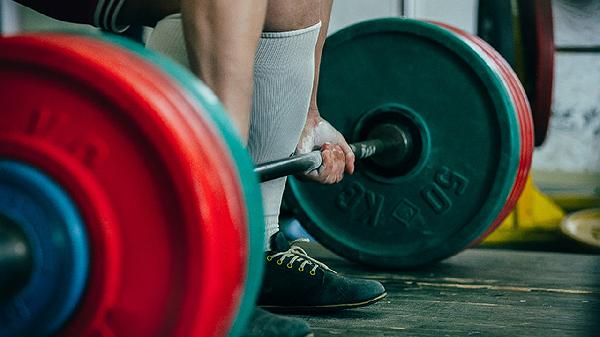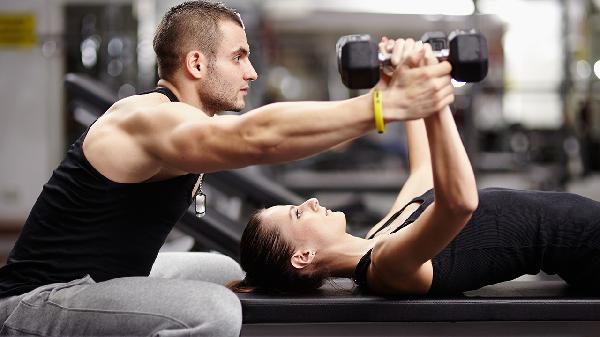Hip pain while running can be a real buzzkill, especially when you're trying to hit your stride and suddenly feel like your body's betraying you. But here's the thing—it's not always as straightforward as "you ran too much" or "your hips are tight." According to experts like Melissa Ling, PT, DPT, CSCS, of Bespoke Treatments Physical Therapy in Seattle, the hip is a complex joint with a ton of moving parts (literally), and pain can stem from a variety of sources. It could be your IT band throwing a tantrum, your piriformis muscle staging a protest, or even your lower back sending distress signals. And let's not forget the usual suspects: overtraining, poor mobility, or strength imbalances. So before you blame your hips for ruining your run, let’s dig deeper into what might actually be going on.
Why Your Hip Hurts: The Usual (and Not-So-Usual) Suspects
When it comes to hip pain, the culprit isn’t always obvious. Sure, ramping up mileage too fast or ignoring proper recovery can definitely lead to aches, but sometimes the issue runs deeper—literally. Ling points out that pain in the front or side of the hip might actually be your tensor fascia latae (TFL) and IT band acting up, radiating discomfort down your thigh. Meanwhile, pain in the back of the hip could be your piriformis muscle (a sneaky little stabilizer) spasming or your hamstrings getting cranky. And here’s a curveball: your lower back might be the real troublemaker, referring pain to your hip without you even realizing it. So if your hip’s been giving you grief, don’t just assume it’s a running injury—it could be a game of anatomical telephone where the message is getting lost in translation.
The Hidden Role of Mobility and Strength
Running is a repetitive motion, and if your body isn’t moving efficiently, your hips will let you know—loudly. As MacKay notes, while the hip joint doesn’t need a massive range of motion to run, it does need to move freely. If your mobility is limited (say, from sitting all day or skipping dynamic warm-ups), your hip flexors and surrounding muscles might rebel mid-run. And strength imbalances? They’re like the silent assassins of running form. Weak glutes can force your TFL and IT band to overcompensate, leading to that all-too-familiar burning sensation on the side of your leg. Meanwhile, tight hamstrings or hip flexors can pull your pelvis out of alignment, turning your easy jog into a wince-fest. The fix? A mix of targeted stretching, strength work, and maybe a little TLC for those overlooked stabilizers.
How to Fix It (Before It Sidelines You)
First things first: if your hip pain is sharp, persistent, or getting worse, don’t just push through it—see a pro. But if you’re dealing with general aches or niggles, there are ways to get ahead of the problem. Start with mobility drills like hip circles, leg swings, and deep squats to keep things loose. Strength training should focus on your glutes (hello, bridges and clamshells) and core to take pressure off your hips. And don’t sleep on recovery: foam rolling your quads, hamstrings, and IT band can work wonders. If your pain feels more nerve-related (tingling, shooting sensations), Ling’s advice about checking your lumbar spine is gold—sometimes a few targeted stretches or adjustments can make all the difference. Bottom line? Your hips don’t have to be the villain of your running story. With the right approach, you can keep them happy, healthy, and ready for miles of pain-free pavement pounding.
Hip pain doesn’t have to be a mystery—or a dealbreaker. Whether it’s a cranky muscle, a sneaky nerve, or just the aftermath of too much too soon, understanding the root cause is half the battle. And with a mix of smart training, mobility work, and a little detective work, you can keep your runs smooth and your hips happier. So next time that ache creeps in, don’t just grit your teeth and hope for the best. Listen to your body, tweak your routine, and get back to doing what you love—without the drama.
























